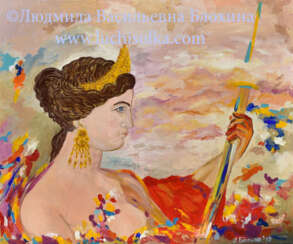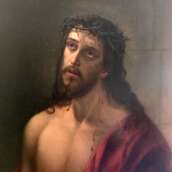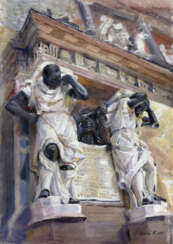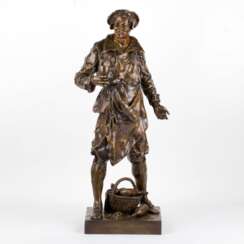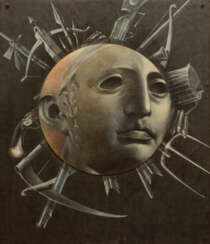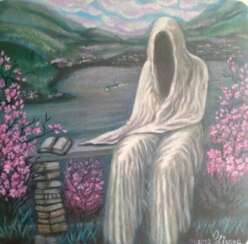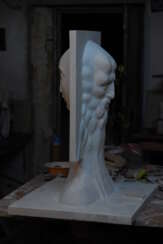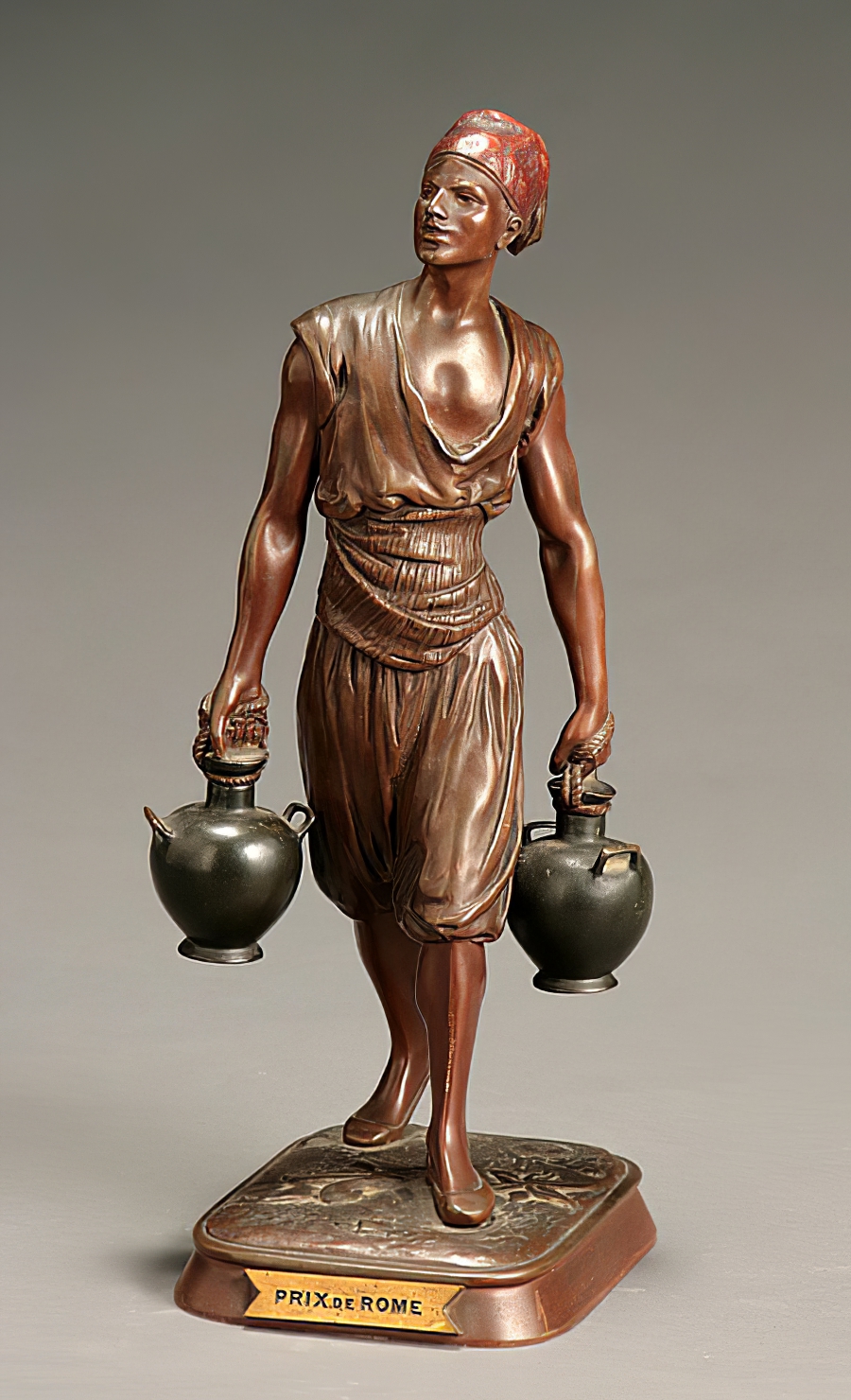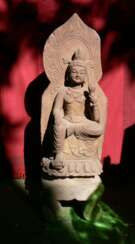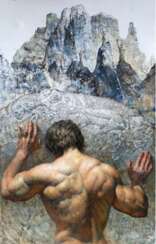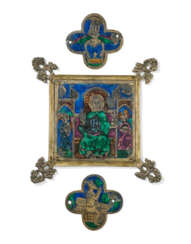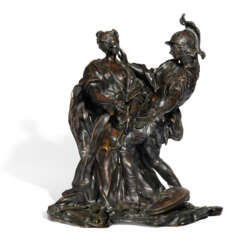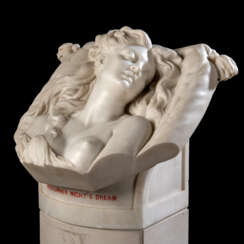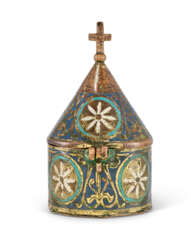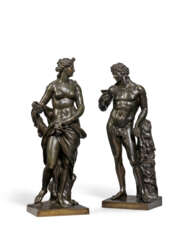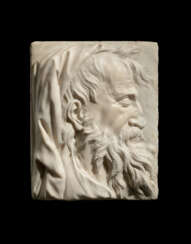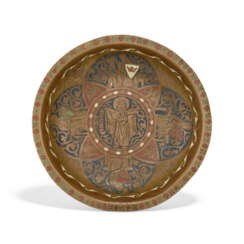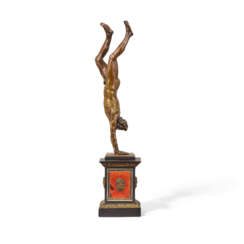25 Items by auctions and galleries:
статуи
Летний сад
Tatyana Chepkasova (b. 1973)  Shop Chepkasova Tatyana
Shop Chepkasova Tatyana

Tatyana Chepkasova
20.01.1973
Russia
Мой родной город — Чайковский, Пермский край. В 1990-х годах я там работала в мастерской художественных промыслов. В 2004 г. я переехала в Москву. Здесь получила высшее экономическое образование, но стремление к творчеству перевесило: я снова пошла учиться, и получила дополнительное профессиональное образование в художественной академии имени Сурикова по программе "живопись" (защита диплома состоялась в 2017 году).
Состою в Творческом союзе художников России (ТСХР) и Евразийском Художественном Союзе.

Artist shop
Chepkasova Tatyana
Russia
Number of products: 14
Истинный образ Венеры Милосской The true image of the Venus of Milo
Ludmila Vasilevna Blohina (b. 1971)  Shop Blohina Ludmila Vasilevna
Shop Blohina Ludmila Vasilevna

Ludmila Vasilevna Blohina
22.09.1971
Russia
Блохина Людмила Васильевна. Дата рождения: 1971г. Педагог, писатель, поэт, художник, графический дизайнер. В 2022 году присвоено звание академик International Academy for the Development of Literature and Art(США)/ Международной Академии Развития Литературы и Искусства (США). Создает книги от обложки до содержания. Занимается творчеством с 2008 года. Автор 20 детских книг. Публикации в периодике и интернет - журналах России и за рубежом. Победитель ряда международных литературных и художественных конкурсов и фестивалей. Обладатель сертификата «Генералы Мира – за Мир» 2019 год.
В 2021 году картина "Поющий золотой фазан" удостоена 1 места в разделе "Авангардная живопись" ИМПРЕССИОНИЗМ в Международной выставке-конкурсе современного искусства "ТАЛАНТ РОССИИ".

Artist shop
Blohina Ludmila Vasilevna
Russia
Number of products: 22
Собор Санта-Мария Глориоза деи Фрари. Венеция.
Ekaterina Slota (b. 1970)  Shop Slota Ekaterina
Shop Slota Ekaterina

Ekaterina Slota
15.11.1970
Ukraine
Живописная Украина стала мне колыбелью. Леса, поля, голубые озера - все проняло мою душу любовью и светом. Я вижу Мир облученный красками Радуги. В моем восприятии - Свет наполняет пространство и Тени становятся прозрачными. Пишу акварельные работы, потому что акварель это воздух, которым пронизано все что нас окружает.
Окончила Академию изобразительного искусства и архитектуры в Киеве. Два высших образования: художник-реставратор станковой живописи, архитектор-художник.
Начиная с 1999 по 2006 год работала в Национальном научно-исследовательском реставрационном центре Украины, реставратором иконописи. С трепетом в душе я восстанавливала разрушенные сакральные памятки, касалась времени.
Начиная с 2007 года работаю архитектором.

Artist shop
Slota Ekaterina
Ukraine
Number of products: 12
Редкая большая фигура «Дегустатор» автор Emile Picault
Émile Louis Picault (1833 - 1915)  Shop RaeAntiik OU
Shop RaeAntiik OU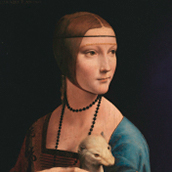

Émile Louis Picault
24.08.1833 - 24.08.1915
France
Émile Louis Picault was a French sculptor and medallist, a representative of symbolism in art. He is the author of works on historical themes.

Shop
RaeAntiik OU
Estonia
Number of products: 26
Марс
Pavel Korzukhin (b. 1967)  Shop Korzukhin Pavel
Shop Korzukhin Pavel

Pavel Korzukhin
27.11.1967
Russia
В создаваемых мною композициях нет изображений видимой реальности, в них передаются ее образы. Такая особенность уподобляет их иконам. Я стараюсь передать сакральное безмолвие жизни. Не только акустическую, но и внутреннюю тишину, наполняющую все вокруг. Вечное Здесь и бесконечное Сейчас – вот два главных героя любых моих картин. В них можно войти, если постараться смолкнуть и забыть всё, о чем знал до настоящего момента. Положительный опыт созерцания этих композиций посылает душе исцеляющий импульс, сила воздействия которого иногда сравнима с церковной службой, глубокой медитацией или успешным визитом к психоаналитику.
In the compositions I create, there are no images of visible reality, they convey its images. This feature likens them to ikons. I try to convey the sacred silence of life. Not only acoustic, but also inner silence that fills everything around. Eternal Here and infinite Now - these are the two main characters of any of my paintings. You can enter them if you try to fall silent and forget everything you knew about until now. The positive experience of contemplating these compositions sends a healing impulse to the soul, the impact of which is sometimes comparable to a church service, deep meditation or a successful visit to a psychoanalyst.

Artist shop
Korzukhin Pavel
Russia
Number of products: 24
Янус
Oleksandr Morhatskyi (b. 1965) 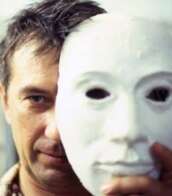 Shop Morhatskyi Oleksandr
Shop Morhatskyi Oleksandr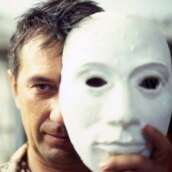

Oleksandr Morhatskyi
21.02.1965
Ukraine
Работаю скульптором более 20 лет ,интересуюсь современным искусством ,но могу выполнять работы в разных стилях.Работаю с камнем ,бронзой,искусственными смолами ,бетон и тому подобное .Несколько моих работ размещены в общественном пространстве Киева ----"Памятник Вечной Любви" памятник ветеранам войны,памятник Владимиру Великому и Иоану Крестителю к 1025-й годовщине Крещения Руси.Также в нашем городе установлено несколько мемориальных досок и одно мемориальное панно (Тренеру по фехтованию Семену Колчинскому и его ученику ,олимпийскому чемпиону Григорию Криссу).Участвовал в разных выставках, "Гогольфестах" ,в Скульптурном Салоне в 2011,2012 годах в Мистецком Арсенале ,в тематической выставке Михаила Шемякина "Дети в искусстве" в Санкт-Петербурге в 2013году,в этом году---участник выставки "Renovation" в Киеве

Artist shop
Morhatskyi Oleksandr
Ukraine
Number of products: 7
Скульптура бюст лошади
Bayarma Dashiyeva (b. 1973)  Shop Dashiyeva Bayarma
Shop Dashiyeva Bayarma

Bayarma Dashiyeva
19.02.1973
Russia
Самодеятельный художник, скульптор анималист. Любимая тема - лошади. Также работаю маслом акварелью, резьбой по дереву. Принимаю индивидуальные заказы картин животных, скульптуры и барельеф животных

Artist shop
Dashiyeva Bayarma
Russia
Number of products: 2
Lot 204 AFTER MODELS ATTRIBUTED TO LOUIS GARNIER (1638-1728) AND MICHEL ANGUIER (1612-1686), FRENCH, 18TH CENTURY
Old Masters to Modern Day Sale: Paintings, Drawings, Sculpture 

CHRISTIE'S
Old Masters to Modern Day Sale: Paintings, Drawings, Sculpture
Date: 03.12.2025 10:30 UTC +00:00
Number of lots in the catalog: 141


